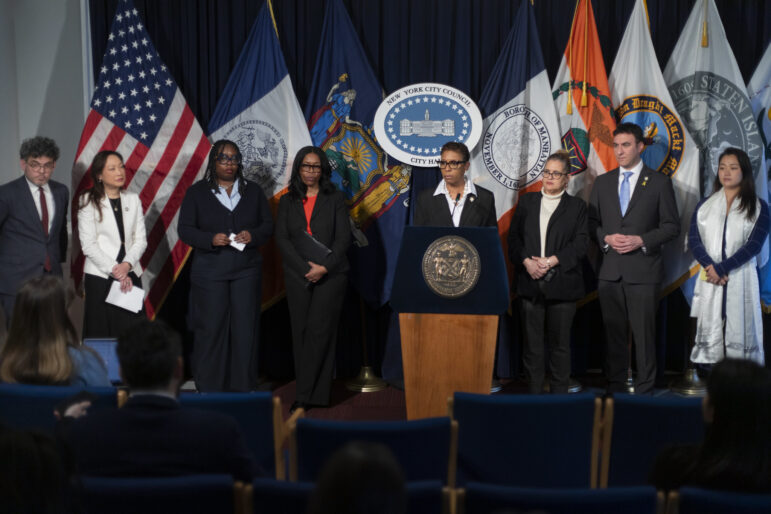Job trainers are nervously eyeing an impending change in their $137 million in contracts with the city welfare agency that they fear could leave their classes half empty–and their budgets slashed.
Beginning in mid-November, the city Human Resources Administration will require that 80 percent of these organizations’ clients be on public assistance. Currently, as the welfare rolls have declined sharply, these job training and placement groups have focused on providing training as well as instruction in resume building, interview preparation and job search strategies to individuals who do not collect welfare, but are temporarily unemployed or are looking to boost their skill levels. Only about half of their clients are on public assistance.
By forcing these companies to take on more harder-to-employ clients, the city could put the job trainers’ financial health in jeopardy, they say, particularly since, under the current contract, the city only partially pays the company for its services after a client is placed in a job and stays in it for 90 days. The city pays the rest when a client is on the job for six months. Because New Yorkers on welfare are harder to place–and keep–in jobs due to child care difficulties, substance abuse issues and physical and mental health concerns, the trainers say their payments from HRA could decline. “The other population is easier to work with,” admits Linda Turner of Goodwill Industries.
Since the 11 principal job trainers, which range from nonprofits like the New York Urban League and the City University of New York to for-profits like America Works and Curtis & Associates, are just beginning a new three-year contract, they hope HRA will consider changing the terms of the contract if the policy shift presents major problems.
But HRA officials say the new mandate is required given the administrative shift that is underway for the city’s workforce investment programs. Over the last several months, HRA has been handing the responsibility of administering the city’s federal Workforce Investment Act funds over to the Department of Employment. That money is meant to broadly help anyone looking for work or seeking to ramp up their skills, leaving the city’s welfare agency, and its contractors, to focus on people on public assistance.
The trainers admit they do not know how the new rules will affect them, and they hope that HRA will refer enough public assistance recipients to them to keep their staff busy, and their coffers full. “It’s wait and see right now,” said Craig Walker of the Consortium for Worker Education, an association of city labor unions that offers job training. “If we get enough referrals, we’ll be fine. But if not, there could be trouble.”








